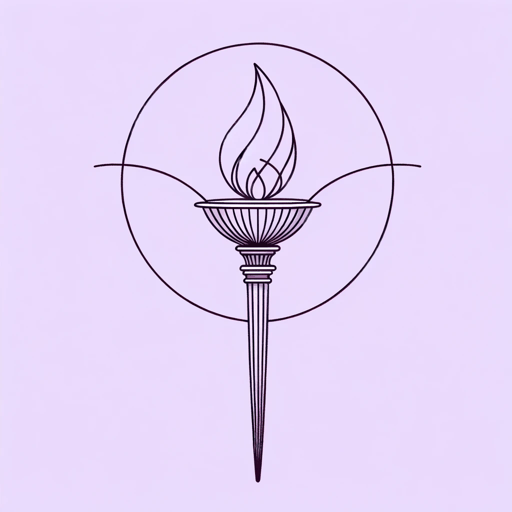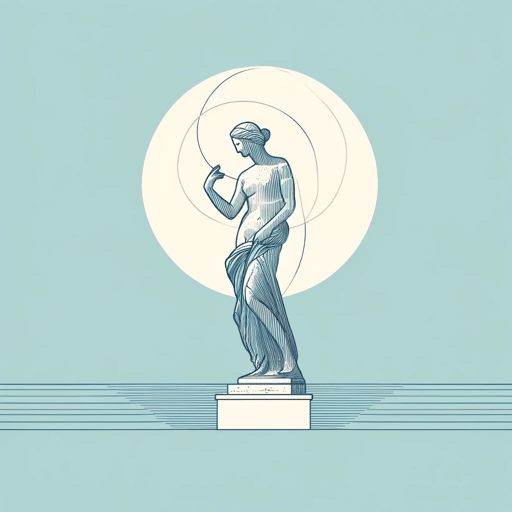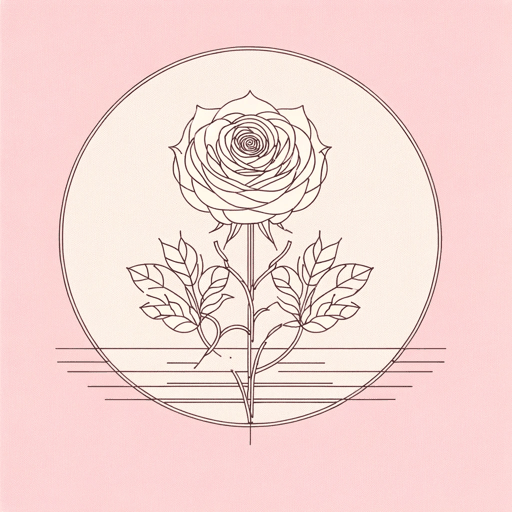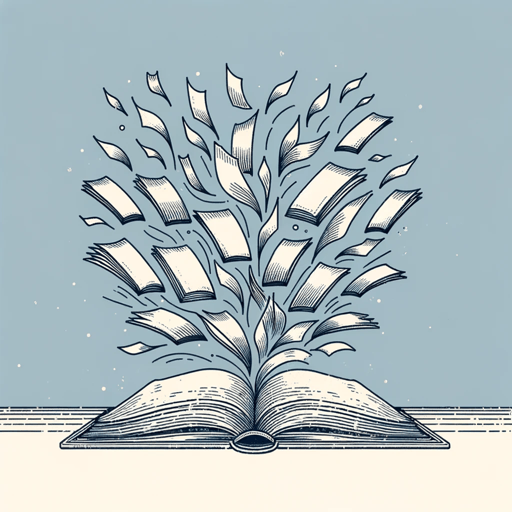19 pages • 38 minutes read
John KeatsWhen I Have Fears That I May Cease to Be
Fiction | Poem | Adult | Published in 1848A modern alternative to SparkNotes and CliffsNotes, SuperSummary offers high-quality Study Guides with detailed chapter summaries and analysis of major themes, characters, and more.
Background
Literary Context: Romanticism and Modernism
Romanticism is a philosophical, literary, and artistic movement lasting from the late-18th century to the end of the 19th century. Romantic art and ideas are characterized by intense emotion; subjective experience; spirituality; imagination; and a deep reverence for the natural world. In many ways, Romanticism was a reaction against the Enlightenment ideals of pure logic, the scientific method, and physical materialism. The Romantic movement began in a period characterized by rapid social change and political turmoil, as epitomized by the French Revolution. Many Romantics held liberal views, favored societal reform, and were suspicious of existing power structures, such as social class or religious institutions. Keats’s poetic idol William Wordsworth is considered a key figure in the British Romantic movement. Contemporaries Lord Byron and Percy Bysshe Shelley are also commonly categorized as British Romantics. Like his fellow Romantics, Keats’s poetry often explores the natural world, the lone individual, dreams and visions, and grand, complex emotions.
Modernism is a later philosophical, literary, and artistic movement lasting from the late-19th century to the mid-20th century. Like Romanticism, the Modernist movement was shaped by social change, industrialization, and scientific progress. Modernism has a less unified aesthetic than Romanticism, being broadly characterized by a desire to break with tradition and to attain self-knowledge in an increasingly unfamiliar world.
Related Titles
By John Keats

Endymion: A Poetic Romance
John Keats

La Belle Dame sans Merci
John Keats

Meg Merrilies
John Keats

Ode on a Grecian Urn
John Keats

Ode on Melancholy
John Keats

Ode to a Nightingale
John Keats

Ode to Psyche
John Keats

On First Looking into Chapman's Homer
John Keats

On Seeing the Elgin Marbles
John Keats

The Eve of St. Agnes
John Keats

To Autumn
John Keats

